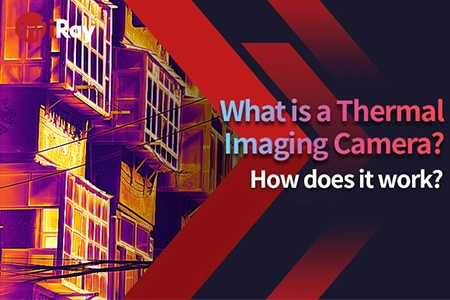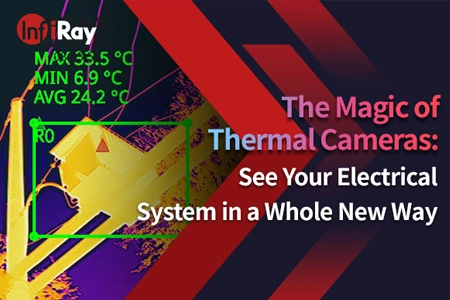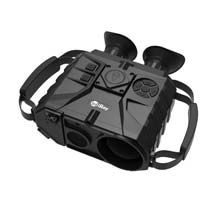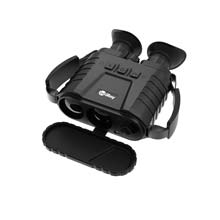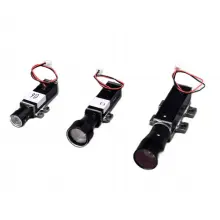Easy to Choose a Thermal Camera for Firefighting/Search and Rescue
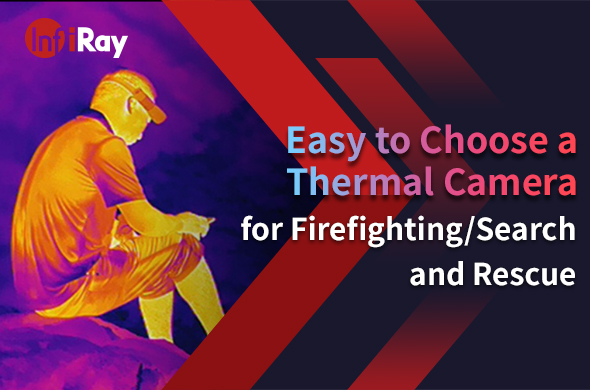
Firefighters and search and rescue teams often work in challenging and dangerous conditions. Having the right equipment can make a significant difference in their effectiveness and safety. One essential tool that has become indispensable for these professionals is the thermal camera.
Understanding Thermal Cameras for Firefighting and Search & Rescue
Before diving into the details, let's briefly understand what thermal cameras are and why they are crucial for these operations. Thermal imaging uses infrared technology to capture heat signatures and convert them into visible images. This allows firefighters and search and rescue teams to see through smoke, darkness, and low-visibility conditions, making it easier to locate people and identify hotspots during firefighting or rescue missions.
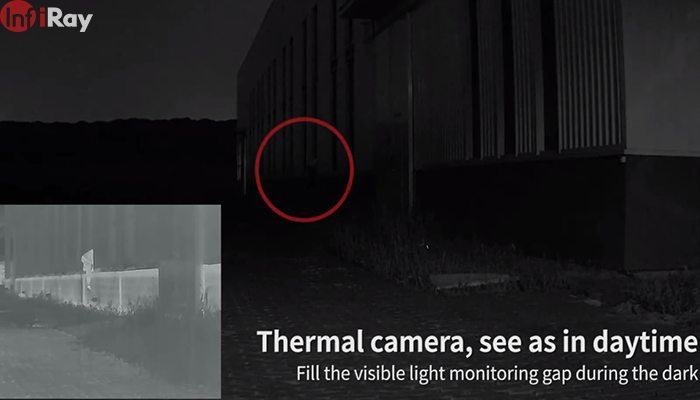
Key Features to Consider
When choosing a thermal camera for firefighting and search and rescue, several key features should be at the top of your list:
1. High Resolution and Image Quality: A thermal camera with high resolution provides clearer and more detailed images, enabling you to spot critical details.
2. Temperature Measurement Accuracy: Accuracy is vital, especially for firefighters who need to identify potential hazards. Look for a camera with precise temperature measurement capabilities.
3. Durability and Ruggedness: These cameras will face rough conditions, so they must be built to withstand heat, water, and impact.
4. Portability and Ease of Use: Depending on the mission, you might need a handheld device, a helmet-mounted camera, or a drone-mounted camera. Choose one that suits your needs.
5. Battery Life and Power Source: For extended missions, long battery life and flexibility in power sources are essential.
Different thermal imaging cameras come with various combinations of these features, so make sure to prioritize the ones most relevant to your specific needs.
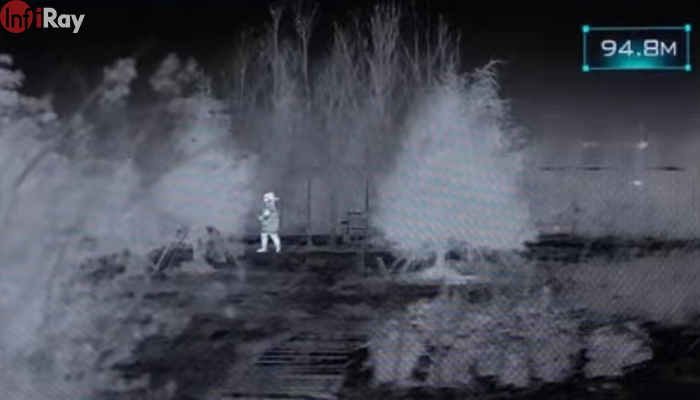
Different Types of Thermal Cameras
Thermal imaging cameras come in several different types, and each has its own advantages and disadvantages:
1. Handheld Thermal Cameras: These are versatile and can be used in various applications. They are portable, making them suitable for search and rescue teams.
2. Helmet-Mounted Cameras: Firefighters often use these for hands-free operation. They provide a first-person view and can be especially useful in smoky conditions.
3. Drone-Mounted Cameras: Drones equipped with thermal imaging cameras are incredibly valuable for search and rescue missions, as they can cover large areas quickly.
Consider the nature of your work and the environments you typically encounter to determine which type of camera is the best fit for your team.
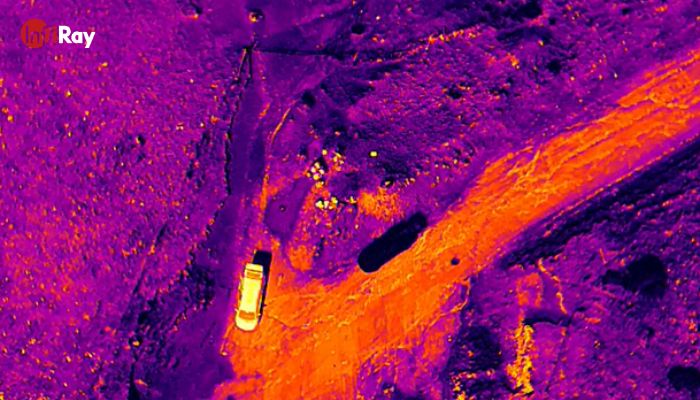
Considerations for Firefighting
Firefighters rely on thermal cameras to help them navigate through smoke-filled buildings, detect hotspots, and locate trapped individuals. When choosing thermal imaging for firefighting, consider:
· The camera's ability to see through smoke and darkness.
· Its resistance to high temperatures and water.
· The need for a helmet-mounted or handheld device, depending on your preferences.
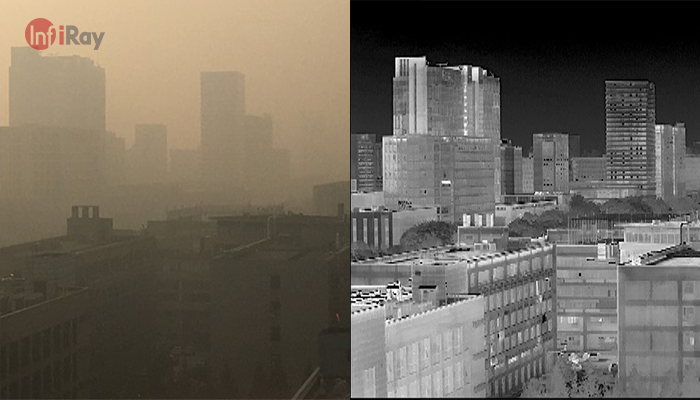
Considerations for Search and Rescue
In search and rescue operations, thermal cameras are used to locate lost or injured individuals quickly. Here are some considerations:
· The range and coverage area of the camera, which can be especially important for wide outdoor spaces.
· Compatibility with drones if aerial searches are common in your operations.
· The need for portability and ease of use.
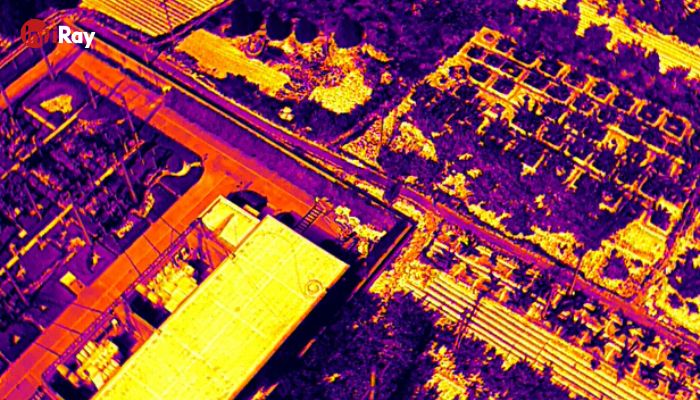
Budget Considerations
Budget constraints are often a concern for both firefighting and search and rescue teams. However, it's essential not to compromise on quality and safety for the sake of cost. Some mid-range thermal cameras offer excellent value without breaking the bank.
Maintenance and Training
Once you've selected the right thermal camera, don't forget about maintenance and training. Regular calibration and maintenance are crucial to ensure the camera's accuracy. Additionally, proper training for the camera operators is essential to maximize its potential in the field.
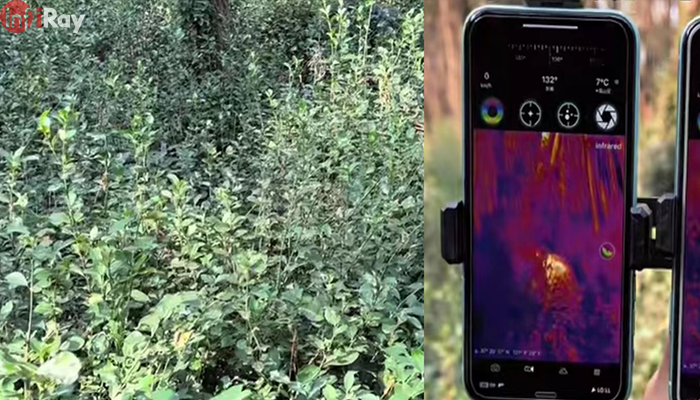
Choosing a thermal camera for firefighting and search and rescue operations is a critical decision that can greatly impact the safety and effectiveness of these missions. Consider the specific needs of your team, the environment in which you operate, and your budget. By carefully assessing the features, types, and user reviews, you can make an informed choice that will serve you well in the field.








